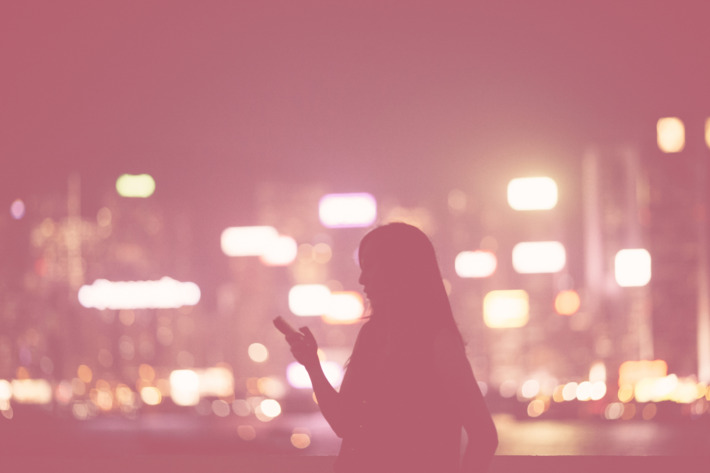Thanks to the proliferation of digital technologies, never has it been so easy and inexpensive to reach — pretty much anywhere and at any time — family, friends, and colleagues. I regularly Facebook-message with a Sherpa friend who lives in Nepal; use Twitter to get real-time updates from an athlete I coach who lives in Australia; participate in an ongoing group email with friends whom I love and admire; and text my mom bitmoji while walking to my favorite coffee shop. The people of the world, and perhaps more important, the people of my world, are literally all at my fingertips. Yet at the same, I’ve been feeling a bit lonely.
It’s not that I’m sad, and certainly not clinically depressed. Overall, I’d actually say I’m pretty happy. It’s just that I’m increasingly noticing —somewhere between my chest and my gut — this sensation of something being not quite right, of something missing. It’s a feeling of being more, yet less, connected than ever. And it’s a feeling that appears to be becoming increasingly common.
John T. Cacioppo, a psychologist who studies loneliness and directs the Center for Cognitive and Social Neuroscience at the University of Chicago, recently told The Wall Street Journal that the rate of loneliness in America has doubled in the past few decades, up from 11 percent in the 1980s to around 40 percent in 2010. Other research, conducted by the AARP and Harris Polling, puts this number at between 30 and 35 percent for regular loneliness and as high as 72 percent for occasional loneliness.

